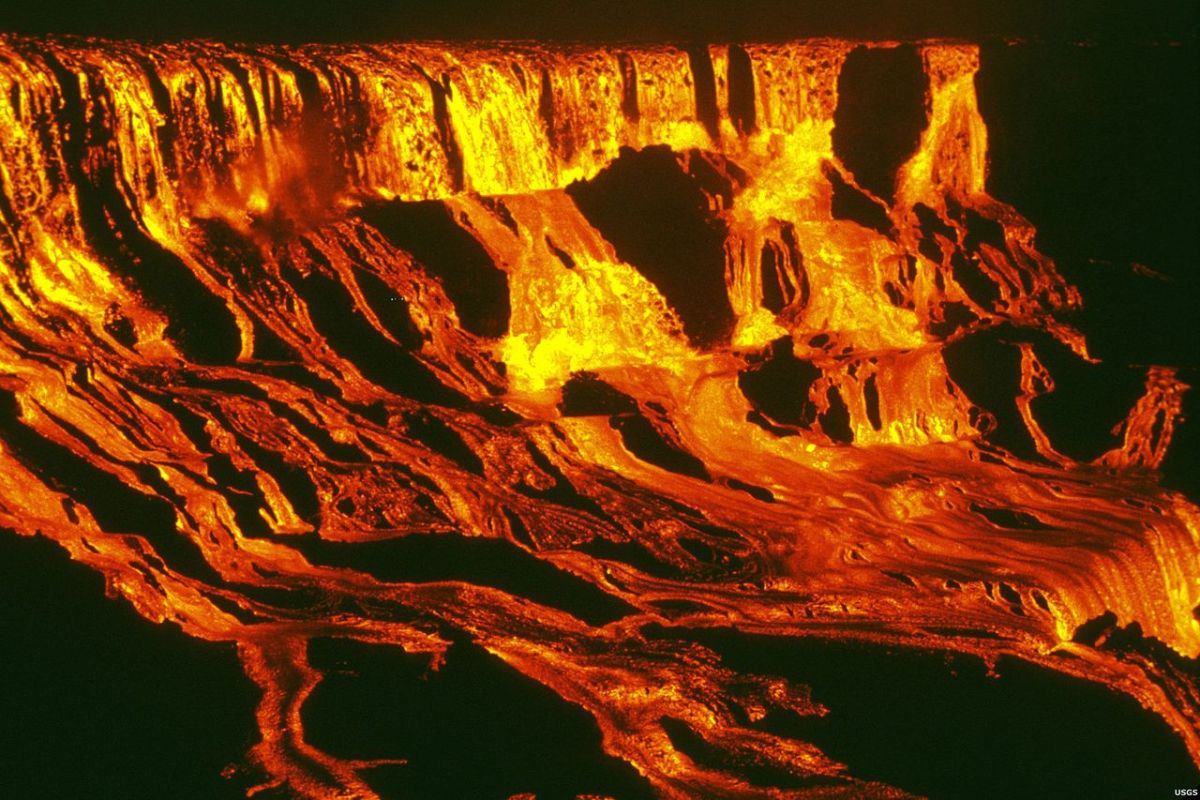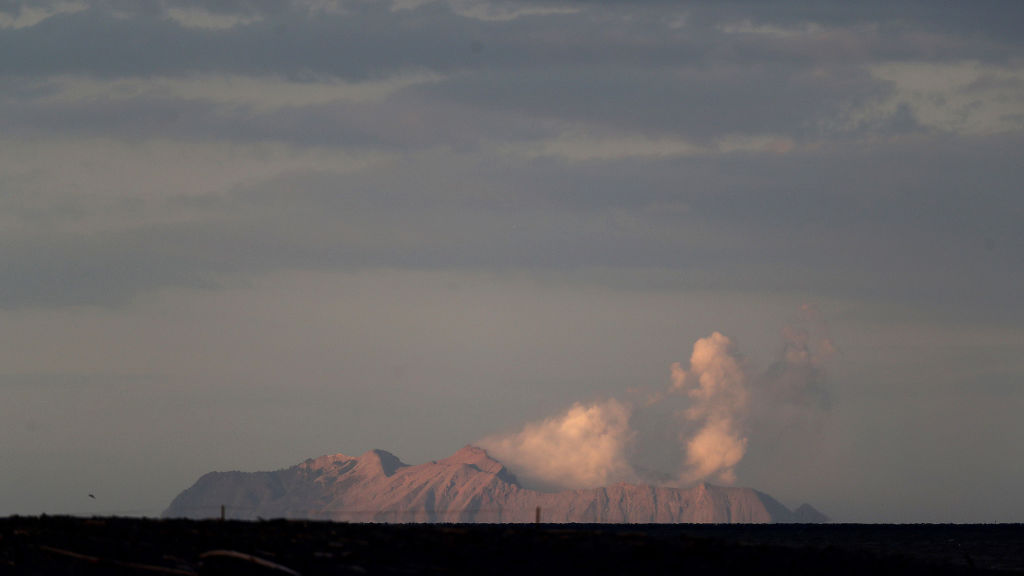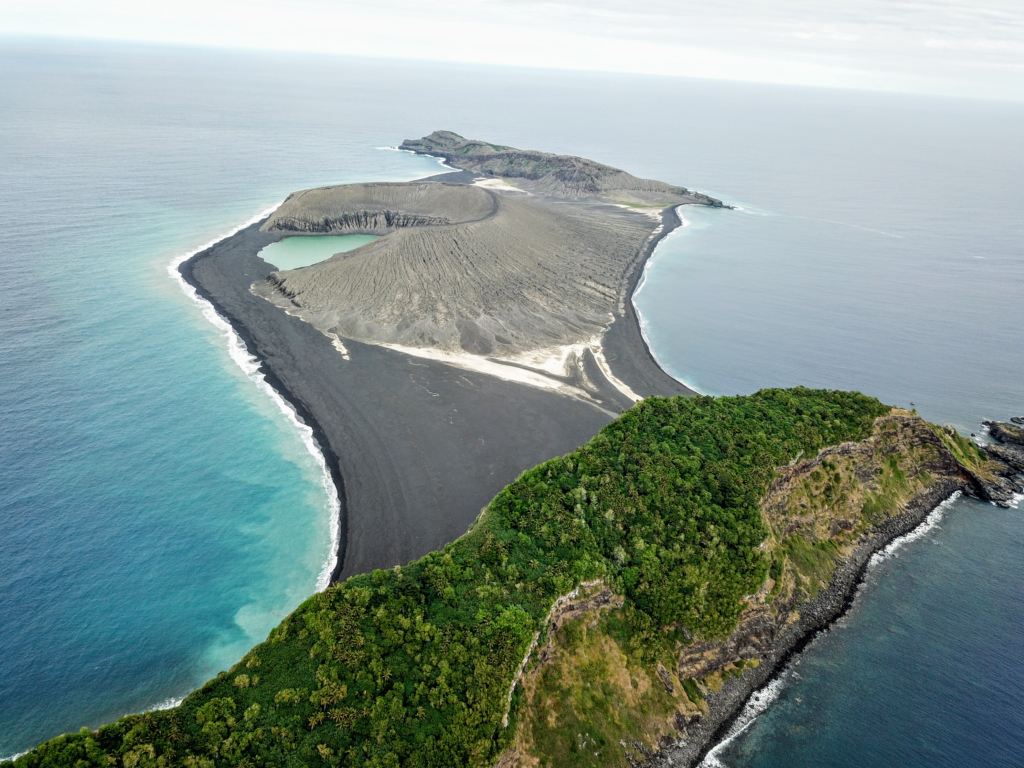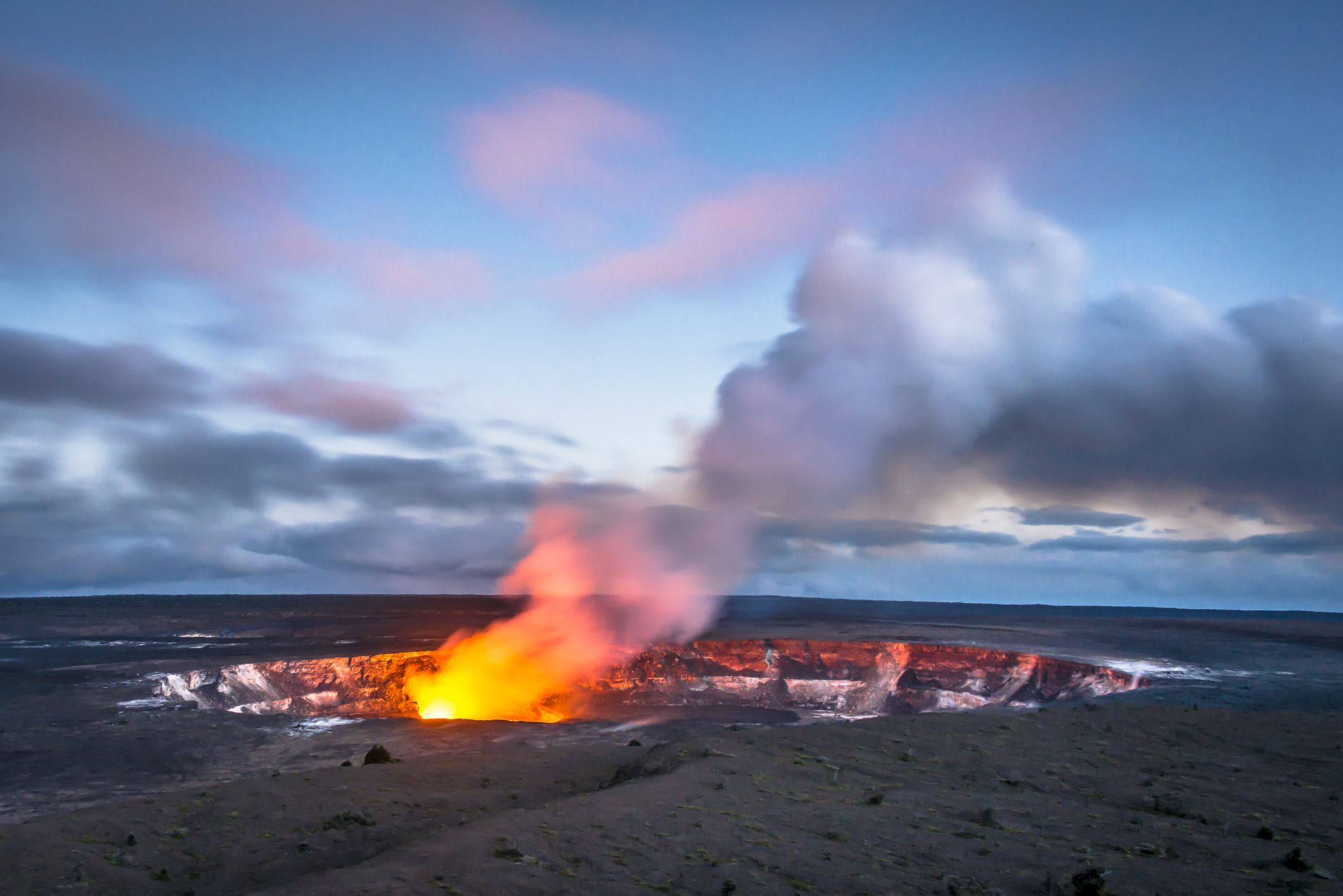If your interest in science has a particular focus on volcanoes, 2020 may have been a big year for you. Kīlauea, located in Hawai‘i, has erupted several times in the last few years — including one eruption last week that sent dangerous ash into several residential areas on the island. Thankfully for the people who live near the volcano, the lava itself stayed within the bounds of the Halema’uma’u crater.
This latest eruption, however, could have significant repercussions when it comes to the way volcanoes are studied. A new article by Robin George Andrews at Atlas Obscura explores why scientists are particularly excited about these recent events.
In the past, Kīlauea has been home to a lava lake, including one that persisted for many years until a 2018 eruption. This latest eruption, however, created a new lava lake; as of earlier today, it was roughly 577 feet deep.
The Atlas Obscura article points out that lava lakes are vitally important for scientists looking to better understand how volcanoes work. “To understand how the planet works, scientists need to get a look into the hephaestean kitchen that cooks up the magma that erupts into lava on the surface,” Andrews writes. “Lava lakes are rare peeks at how that particular sausage gets made.”
The history of this particular volcano is also full of ambiguity, given a lack of exposed rock on the site. Even so, what’s learned from Kīlauea could have applications around the globe — increasing human knowledge of the planet and keeping us all safer.
Subscribe here for our free daily newsletter.
Thanks for reading InsideHook. Sign up for our daily newsletter and be in the know.

















